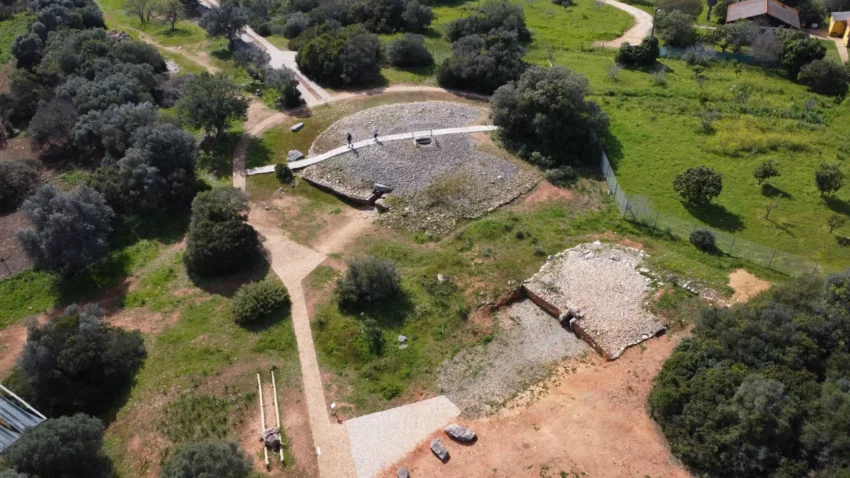The Megalithic Monuments of Alcalar, located in the civil parish of Mexilhoeira Grande in Portimão, Portugal, are a fascinating group of burial tombs from the Calcolithic era. These tombs form a necropolis that offers a glimpse into ancient burial practices and architectural techniques.
Get your dose of History via Email
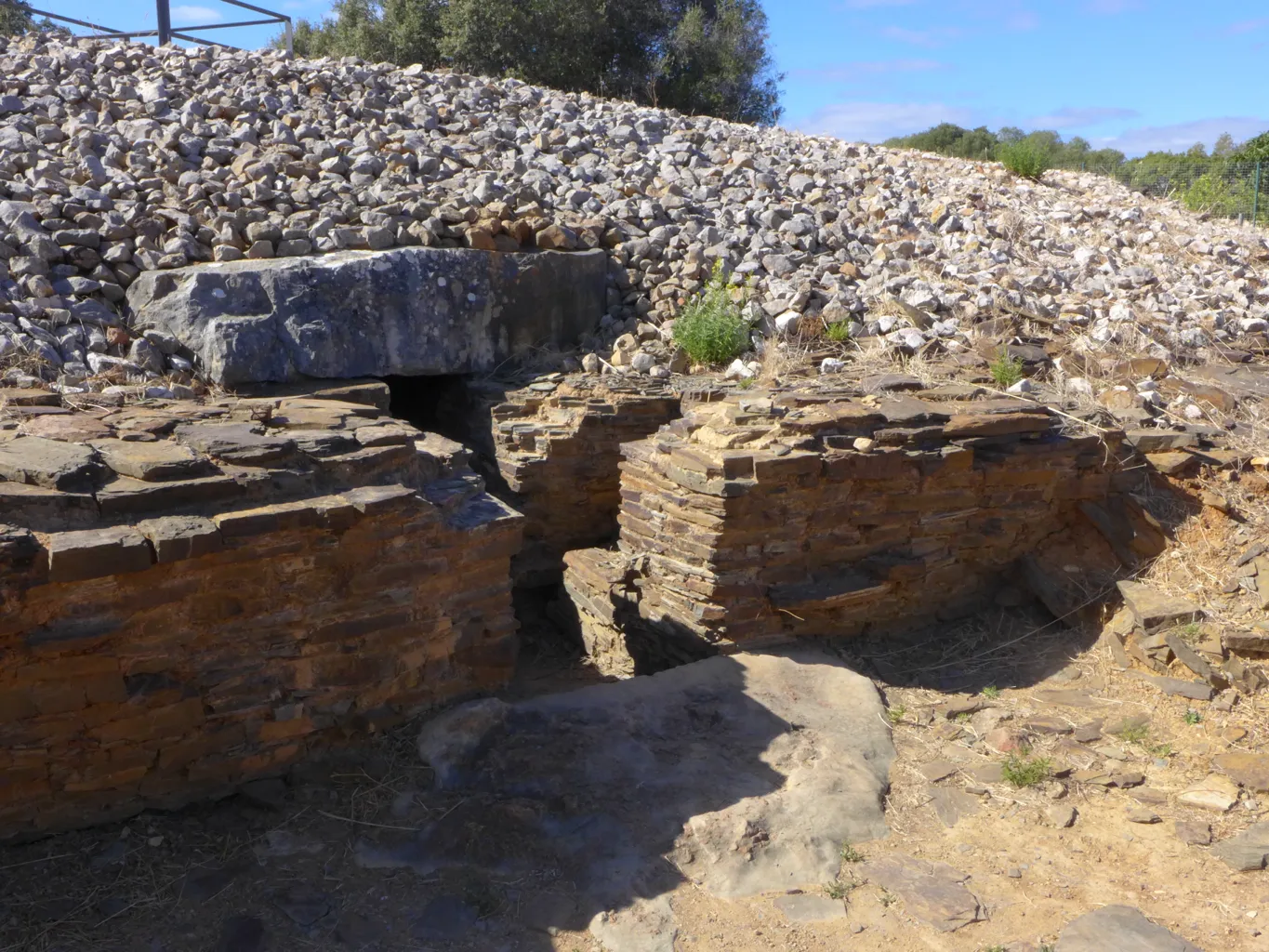
History of the Site
During the 3rd millennium BC, a settlement emerged on a 10-hectare stretch of land at the end of a once navigable part of the Torre River. This settlement, situated on a hilltop along the Algarve’s limestone coastal strip, became known as Alcalar. It is located about 5 kilometers from Mexilhoeira Grande. Over time, around 18 different megalithic tombs were constructed in the surrounding hills, creating a significant necropolis.
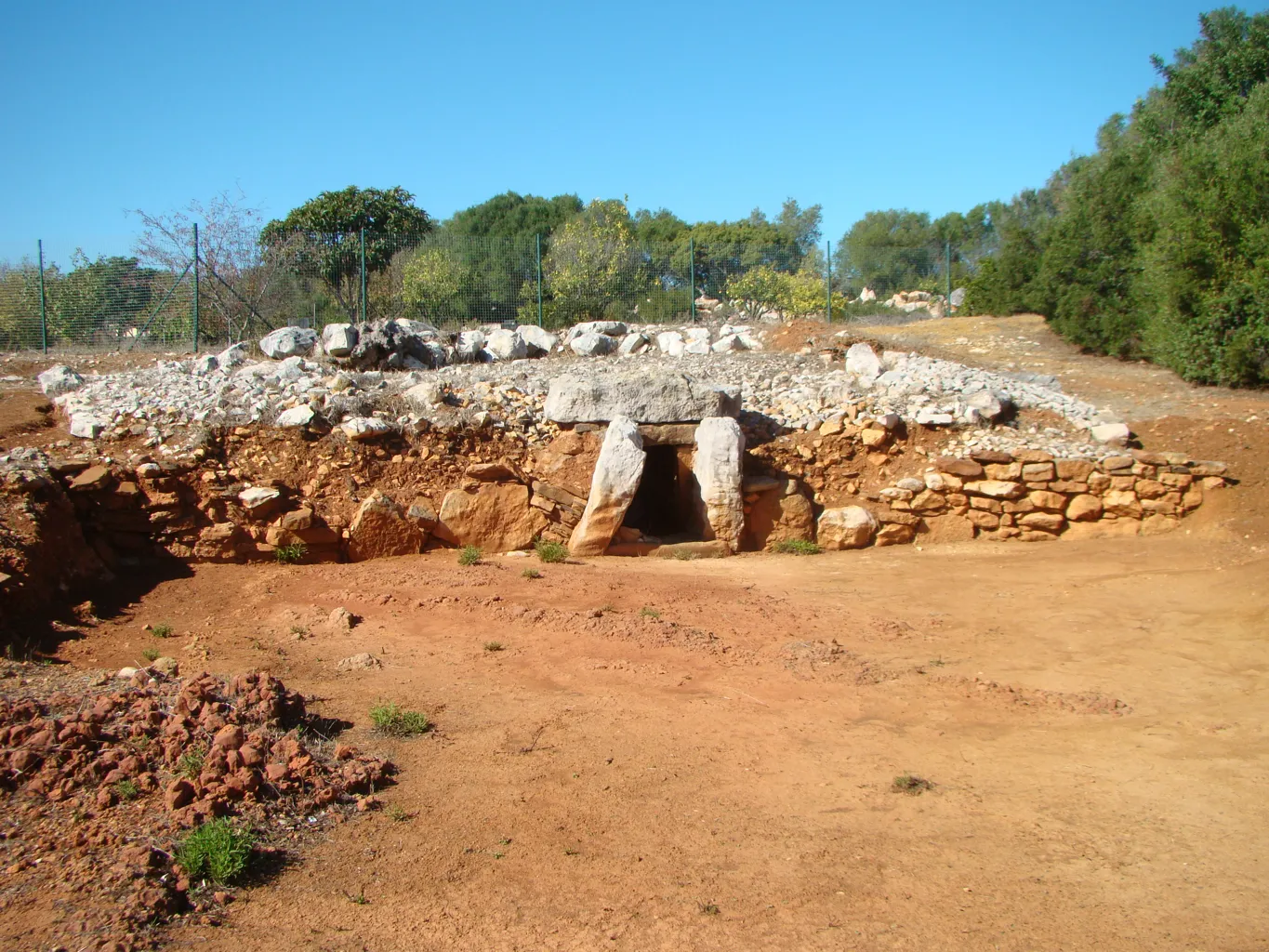
In 1975, the State partially acquired Tholos 7, and a fence was constructed the following year to protect the site. Further acquisitions and repairs continued into the 1980s and 1990s. Excavations during the 1990s revealed that the area was used as an ossuary where various rituals were performed, with the deceased often buried in the fetal position.
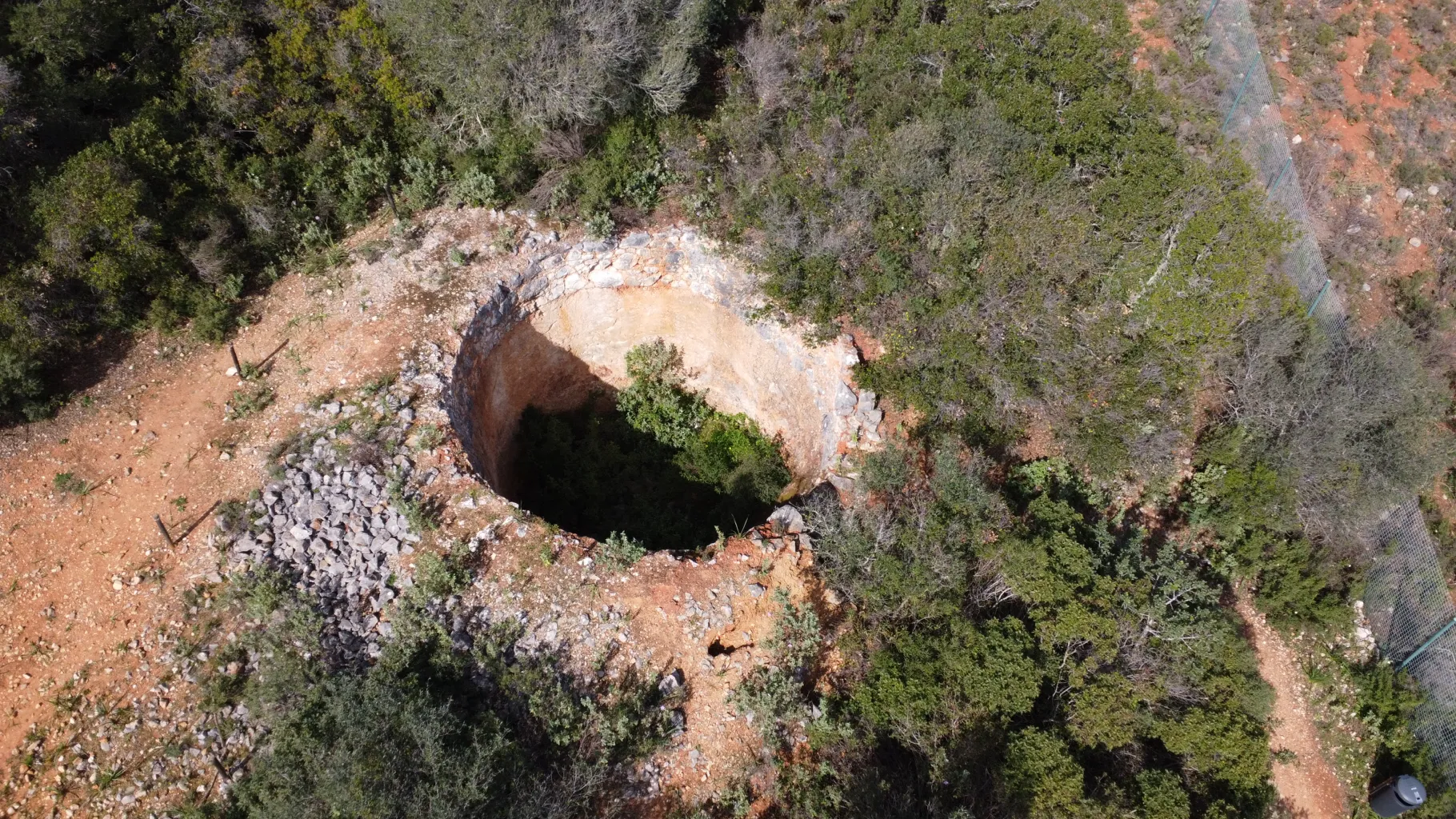
Preservation and Restoration Efforts
In 1998, the Portuguese government initiated the Programa de Salvaguarda e Valorização do Conjunto Pré-histórico de Alcalar (Program for the Safeguarding and Valorization of the Prehistoric Monuments of Alcalar). This program involved expropriating rural buildings and restoring the burial mounds. By 2000, the Centro de Acolhimento e Interpretação dos Monumentos (Interpretative and Study Centre) was inaugurated to the public.
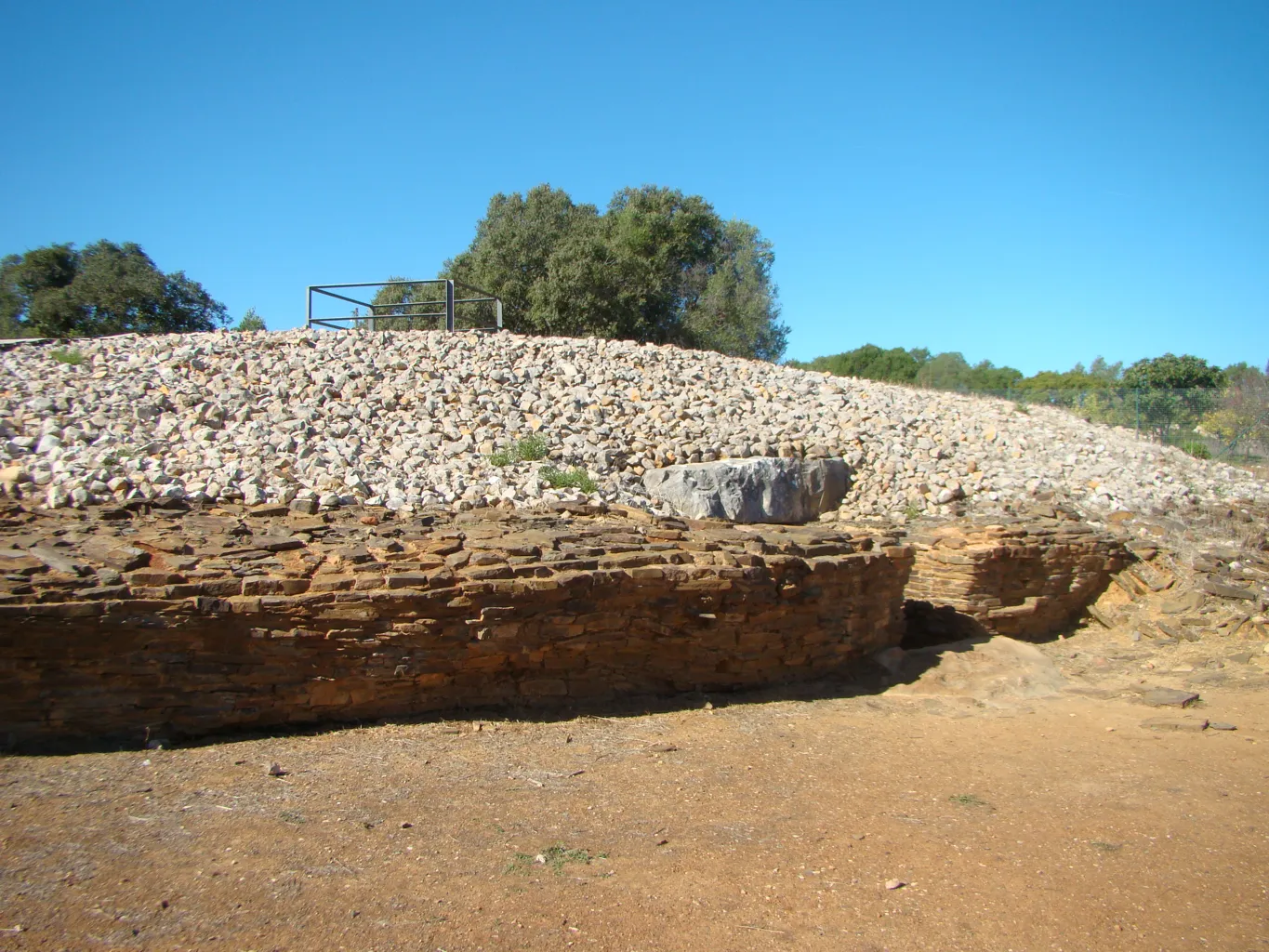
Further efforts to enhance the site’s tourist viability and archaeological significance continued into the 2000s. In 2012, the Interpretative Centre was transferred to a partnership with the municipal government of Portimão, becoming a nucleus of the local museum. This led to additional public works, archaeological excavations, and geophysical analyses to consolidate and protect the monuments.
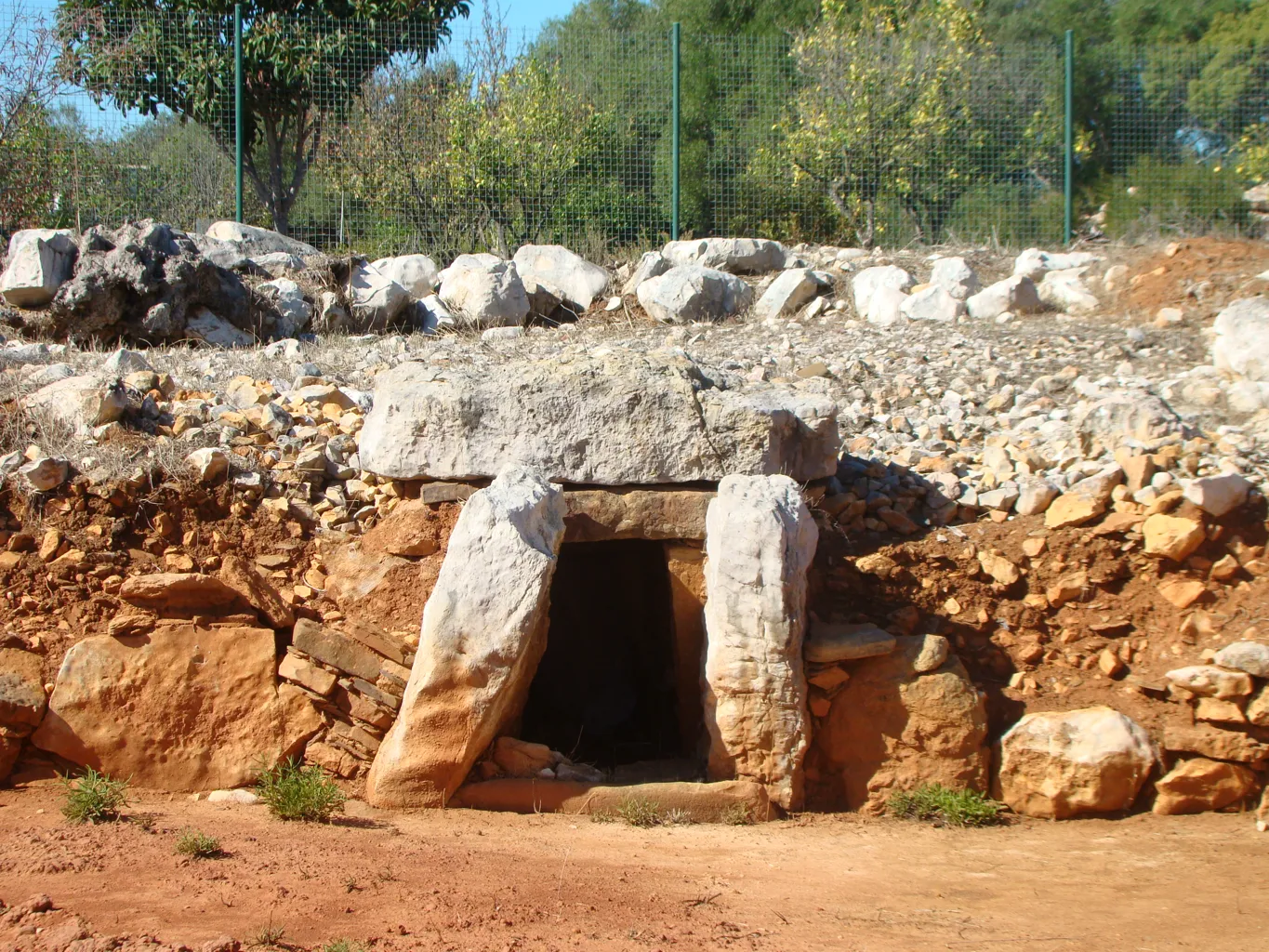
Architectural Features
The site is located on a hilltop with natural defensive conditions. It includes various rectangular burial mounds and tholos, featuring chambers and corridors. Some of these structures have false domes and lateral niches, showcasing different architectural techniques.
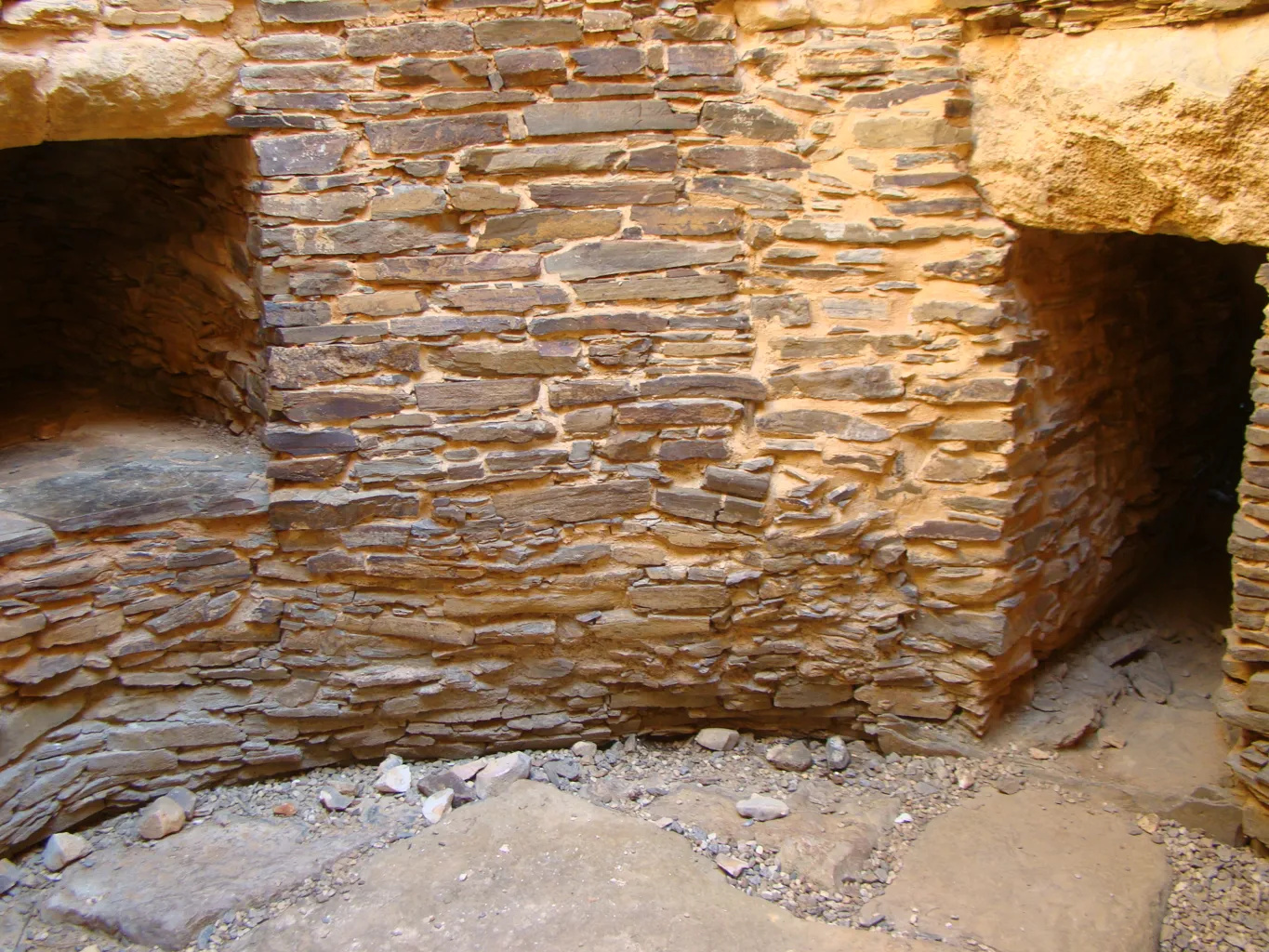
Tholos 7, built in the third millennium BC, is particularly notable for its monumental character and the artifacts discovered within. This beehive tomb, with a diameter of 27 meters, consists of a mound of stones around a tholos, with an underlying corridor and vaulted chamber. The entrance faces east and is covered by large slabs of limestone, leading to the central crypt.
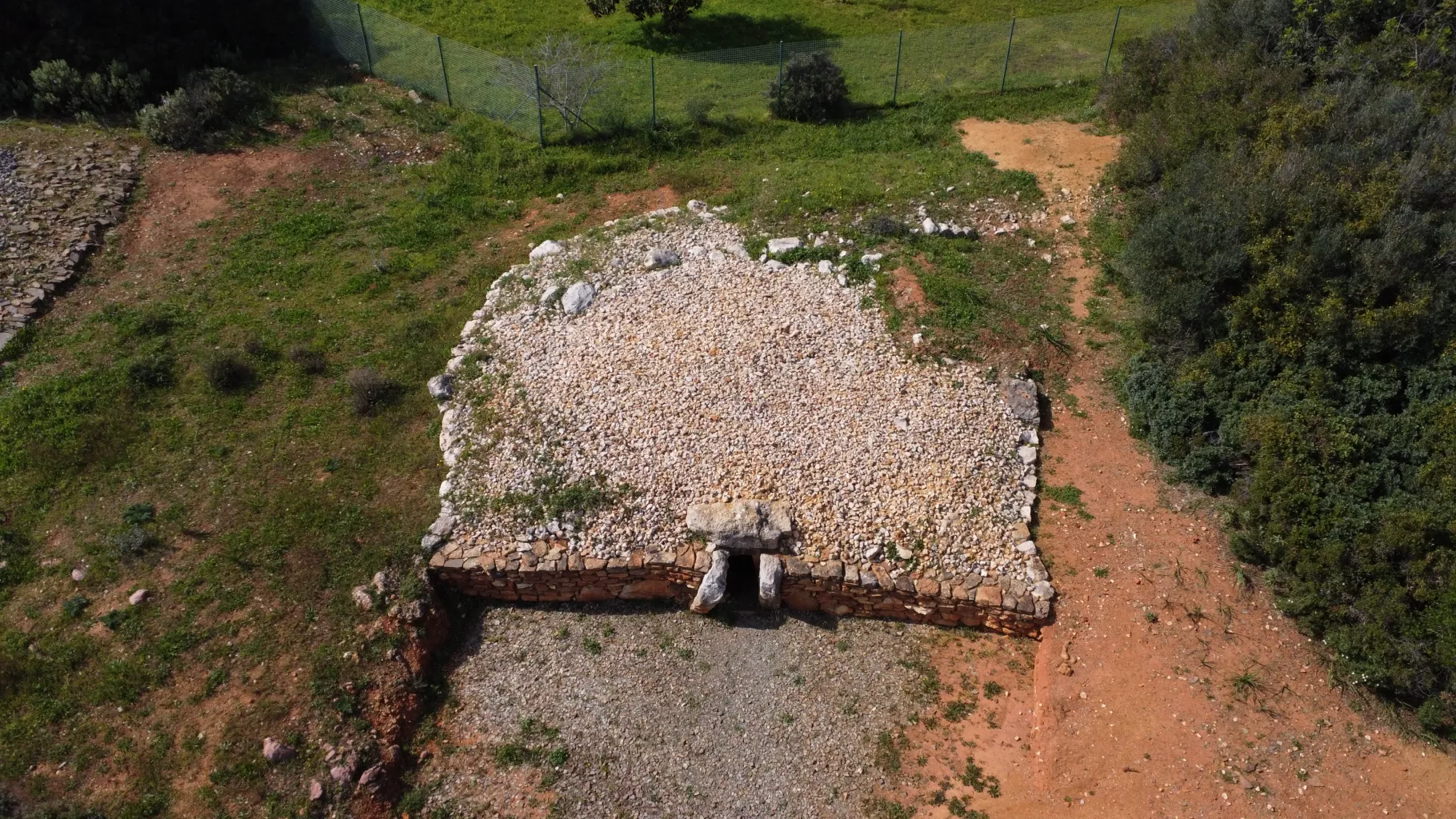
Significance of Alcalar
The Megalithic Monuments of Alcalar offer valuable insights into ancient burial practices and architectural innovation. The site’s preservation and restoration efforts ensure that future generations can continue to explore and learn from these remarkable structures. The Interpretative Centre, along with ongoing archaeological work, makes Alcalar an important cultural and historical landmark in Portugal.
Sources:

